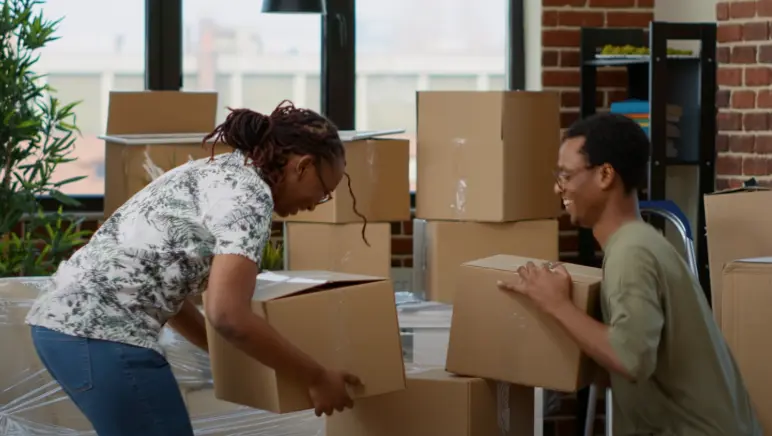.webp)
Hernia belts are often marketed as an easy solution for managing hernias. These supportive garments apply pressure to the bulge, aiming to reduce discomfort and keep the hernia “in place.” But are they effective—or even safe? Let’s explore the science behind hernia belts, their pros and cons, and when they may be appropriate.
How Hernia Belts Work
A hernia belt is typically made of stretchy fabric with a built-in pad that applies gentle pressure over the hernia site. The goal is to:
- Reduce the bulge temporarily
- Relieve discomfort during daily activities
- Provide support while waiting for surgery
There are two main types:
- Intermittent-wear belts: Worn for a few hours a day as needed
- Constant-wear belts: Designed for all-day use
While they may offer temporary comfort, it’s important to understand their limitations.
Pros of Hernia Belts
- Symptom relief: Pressure from the belt can reduce bulging and ease discomfort during movement.
- Convenience: Belts are easy to use and can provide reassurance for people not yet ready for surgery.
- Short-term option: They may be useful for patients awaiting surgical repair, especially if activities trigger symptoms.
Cons and Risks of Hernia Belts
Despite these benefits, hernia belts are not a cure—and may even increase risks if used improperly.
- Not a permanent fix: Hernias do not heal on their own, and belts do not repair the underlying muscle weakness.
- Possible harm: Some studies show higher recurrence rates and increased risk of incarcerated hernias among belt users.
- Masking symptoms: Belts may hide signs of worsening hernias, delaying necessary medical treatment.
- Skin irritation: Long-term use can cause chafing, rashes, or discomfort.
When Might a Hernia Belt Be Appropriate?
In select situations, a belt may be considered:
- While awaiting surgery and needing short-term relief
- For patients temporarily unable to undergo surgery due to health conditions
- For individuals needing support during light daily activity
Even then, belts should only be used under medical supervision.
Safer Long-Term Treatment Options
While hernia belts may provide short-term comfort, they do not replace professional treatment. Surgery is the only way to permanently repair a hernia and prevent life-threatening complications such as strangulation.
Modern techniques, including laparoscopic and robotic-assisted hernia repair, are minimally invasive, use small incisions, and often allow patients to return home the same day. These approaches reduce recovery time, pain, and recurrence rates compared to older methods.
Bottom Line
Hernia belts may help relieve symptoms for some people, but they’re not a cure. Relying on them long-term may even make your condition worse. The best approach is to consult a hernia specialist to discuss safe and effective treatment options.
Talk to a Hernia Specialist Today
At Hernia Innovations, part of BASS Medical Group, our surgeons specialize in advanced hernia repair using minimally invasive techniques. If you’re considering a hernia belt or want to explore your surgical options, we can help.
Call (925) 940-1025 or schedule your consultation online at our Walnut Creek, Brentwood, Concord, or Antioch clinics. Don’t settle for temporary relief—get lasting results.
FAQs
Do hernia belts actually work?
They may reduce bulging and discomfort temporarily but cannot cure or repair a hernia.
Are hernia belts safe?
Short-term use may be safe under medical supervision, but long-term use can increase risks like incarceration.
What is the best alternative to hernia belts?
Surgery is the only permanent solution, with laparoscopic and robotic-assisted repairs offering fast recovery.





.webp)

.webp)
